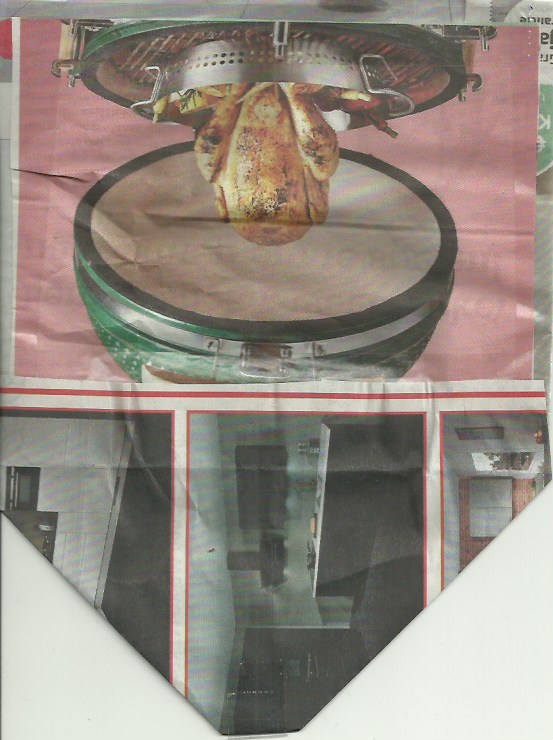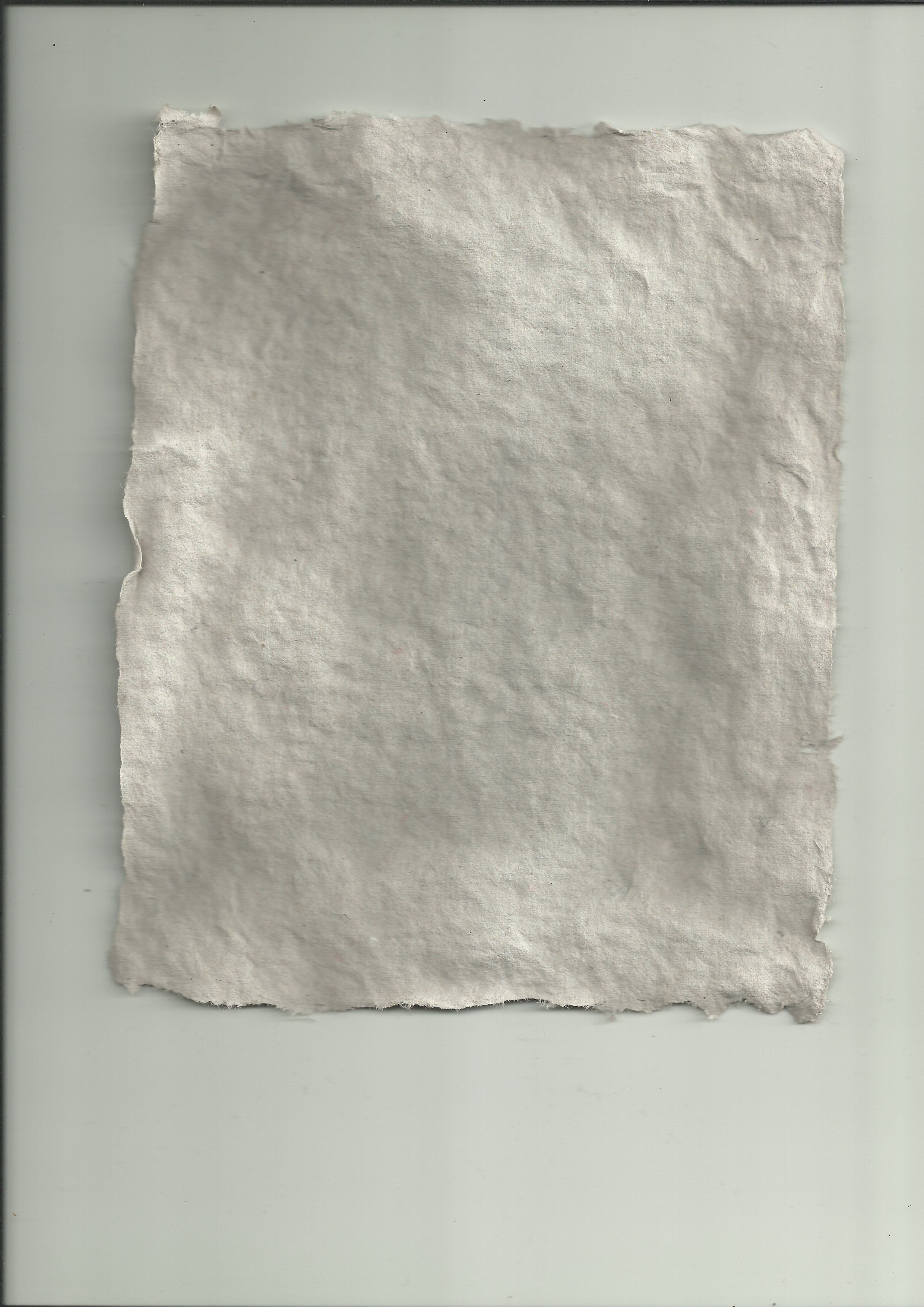POST-POST
First post, 19-04-2021
About intention and Art

Once I have considered us humans merely as individual beings. At first instance I guess we all do. Whatever is beyond us, cannot be observed with our senses. We can only directly see ourselves and the world around us. Growing up in a post-modernistic and nihilist society in which the only objective truth is attributed to science and scientists we need to actively look for meaning beyond ourselves - our ego’s - the symptomatic of individualism. Meaning, it’s meaning and conception will be an important term in this book. For now we shall consider it as significant quality also something meant or intended. Intended comes from intention. Here we can already start to build a bridge between meaning and intention. Meaning means something that has come to exist with intention - meaningful is intentional. There is nothing that we consider meaningful that happens in our lives that has come to exist without any intention. We consider the intention-less as coincidence or something that happened to be. Whence we start to pay attention to synchronicity - a phenomenon that Jung has written about a lot - : the coincidental occurrence of events and especially psychic events (such as similar thoughts in widely separated persons or a mental image of an unexpected event before it happens) that seem related but are not explained by conventional mechanisms of causality — aka meaningful coincidence, we might notice that nothing happens without intention and that life - the universe has intention. We are part of this with our consciousness and intention. We are now both a part of something really big and a whole in ourselves.
Considering the universe as a thing that has intention, we need to attribute consciousness to it. This bring us to us being a small consciousness as a a whole and a part of Consciousness. That is basically the structure that we will build upon. I think that this structure can be interpreted through different perspectives. The universe; God’s playground, a determined or partly determined sequence of phenomena or the space-time that is ruled by law of nature. These can all be interpreted as a self organising balances between chaos and structure. What is determined is the structure and whatever happens beyond that is chaos. Structure is the arrangement of and relations between the parts or elements of something complex. Chaos is confusion and disorder. Both in the chaos and structure is intention.
Seeing ourselves as a whole in itself and a part of something bigger, we take on two different directions of intention; to maintain ourselves as one and to maintain a bigger structure that is clearly to complex to be a one on our level. Koestler has called the being of both part and whole, a Holon. In biology class we where told about different levels of organisation in life. Atoms, molecules, cells, organs, organisms etc. Is an example of increasing complexity through holons making bigger holons. From a socio-psychological perspective we can see this in individuals, households, families, communities etc. Koestler writes that the limits; where we cannot sense a smaller or bigger Holon are not actual limits. Rather we just cannot see them.
Ken Wilber has used the concept of holons in both a social and meta context, to explain underlying structures and their effects. Ken Wilber distinguishes between the fundamental and the significant. A Holon is fundamental when higher holons that it makes up are dependent on its existence. A Holon is significant when it is generally high in the hierarchy of holons. Holons have their own structuralised hierarchy, that integral theorists refer to as holarchy. Understanding holarchies; the reactions, the flow and information that is exchanged between holons, allows us to have a more holistic view on different forms of disruption and pathology. Integral theorist would consider these the result of imbalances and the disfunctionality of the relations between holons. Parts can deviate or discontinue to support the existence of their significant, whereas their significant can dominate their parts. The perspective of holarchy facilitates a framework to observe and conceptualise different levels of reality. In the framework of holarchies Two categories of holons that can be observed within this framework are individual and collective holons. Individual holons exhibit a certain ‘I-ness”, what I referred to earlier as intentionality. Collective holons do not share this property of self-contained behaviour or intentionality. Rather they have a shared interest to help themselves and the others to follow their intention.
Now I described this to introduce the positioning of art and the artist in the holarchy. Ken Wilber describes how the notion of artefacts; anything created by an individual or collective holons, lack the definite structural properties of both individual and collective holon. They are however made up of holists. This gives artefacts a free capacity to influence other holons.
In other words art has the capacity to contain an intention that is not inherent to the holons that the artefact is made up of and the Holon that the artefact is part of. It has the capacity to contain the intention of the artist. This means that the artist can place it’s intention in an object, scape, video, performance or image, determine it’s form and it’s function to thereby semi-permanently or emphirally affect other holons that observe and interact - the viewers, participants or visitors. Through this I believe the artist has the capacity to transform. As a person we can do this through direct contact, our communication and our relations. The drive of the artist to not only create but also communicate and invite, might be the most obvious manifestation of the intention of the shared consciousness to transform, comprehend complexity and facilitate more growth. There are few other places where we can visually observe this within the human context, perhaps in the evolution of our physique, bodies, the complexity of our brains and human creation - the result of our growing capacity to comprehend complexity.
Text by Jesse,
Sources
Wilber, K., & Wachowski, L. (2017). A brief history of everything. Boulder, CO: Shambhala Publications.
Koestler, A. (1967). The Ghost in the machine: Arthur Koestler. London: Hutchinson.
Watts, A., On Order and Chaos. https://stillnessinthestorm.com/2019/04/the-taoist-view-of-the-universe-as-explained-by-alan-watts/

Envelope from old paper
Paper from old paper
Recycling surface
Making prints with tapestry tiles